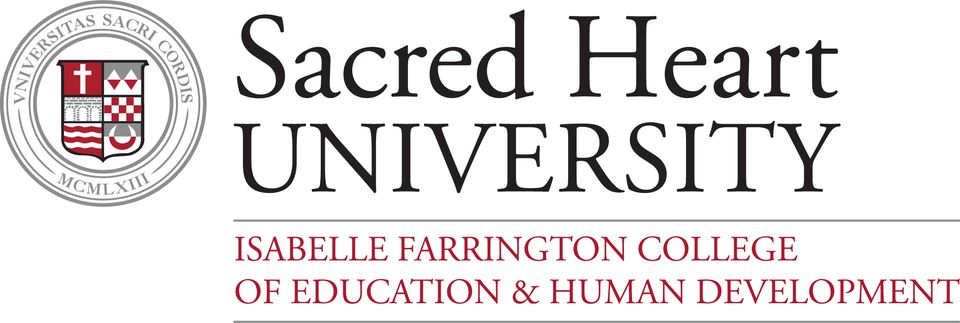Academic Performance, Course Completion Rates, and Student Perception of the Quality and Frequency of Interaction in a Virtual High School
Published:
Hawkins, A., Graham, C., Sudweeks, R., & Barbour, M. K. "Academic Performance, Course Completion Rates, and Student Perception of the Quality and Frequency of Interaction in a Virtual High School." Distance Education 34.1 (2013): 64-83.
doi: 10.1080/01587919.2013.770430
Abstract
This study examined the relationship between students’ perceptions of teacher–student interaction and academic performance at an asynchronous, self-paced, statewide virtual high school. Academic performance was measured by grade awarded and course completion. There were 2269 students who responded to an 18-item survey designed to measure student perceptions on the quality and frequency of teacher–student interaction. Quality of interaction was subdivided into three constructs representing feedback, procedural, and social interaction. A confirmatory factor analysis helped to establish the fit of the statistical model for teacher–student interaction. Hierarchical logistical regression indicates that an increase in the quality and frequency of interaction resulted in an increased likelihood of course completion but had minimal influence on grade awarded. The estimated effect for quality and frequency composite items on completion was .83 and .56 respectively. Low practical significance of student–teacher interaction on grade awarded may be the result of mastery-based teaching approaches that skew grades for the completers toward the high end.





